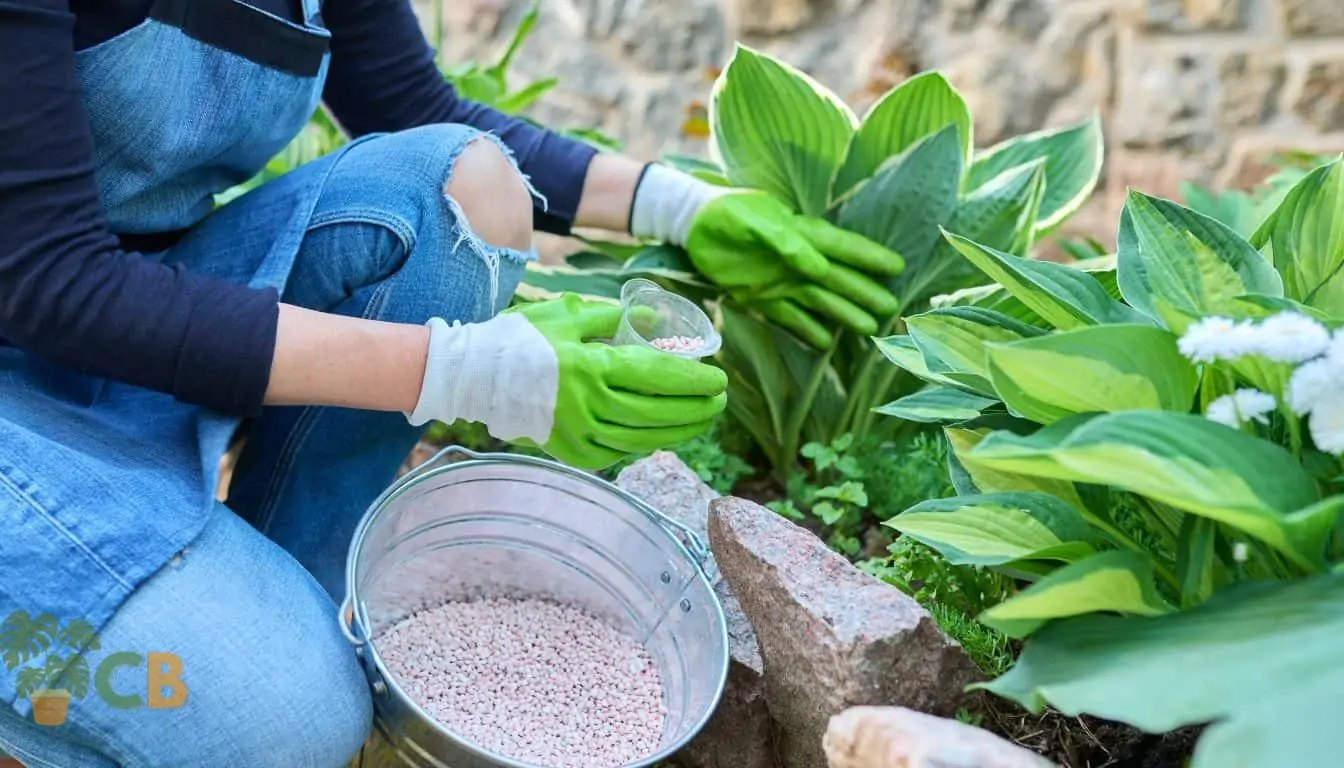Explore Why Some Plants Decline Epsom Salt as a Nutrient Source
In the complex world of plant nutrition, the being rejected of Epsom salt as a practical nutrient resource by some plants poses an interesting dilemma. The factors behind this careful behavior dig right into an intricate interaction of plant absorption devices, the unique chemical framework of Epsom salt, and plant-specific nutrient choices.
Plant Absorption Mechanisms
In delving right into the intricate world of plant absorption systems, it becomes apparent that the process is regulated by an innovative interplay of physical dynamics and molecular pathways. Plants take in nutrients mostly with their origins, making use of numerous transportation systems to uptake vital elements such as nitrogen, phosphorus, magnesium, and potassium. Magnesium, an essential part in chlorophyll synthesis and enzyme activation, plays a crucial role in plant development and development.
The absorption of magnesium includes a number of actions, starting with its availability in the soil service. Once liquified, magnesium ions are taken up by plant origins via particular transportation healthy proteins installed in the cell membranes. These healthy proteins assist in the motion of magnesium across the root cell walls and right into the plant's vascular system, where it is then dispersed to different cells to sustain various physiological functions.
Understanding the elaborate mechanisms behind magnesium absorption in plants clarifies just how this essential nutrient adds to general plant wellness and productivity. By maximizing magnesium uptake paths, farmers can improve plant yields and top quality, highlighting the importance of comprehending plant absorption dynamics for lasting farming practices.
Epsom Salt Chemical Framework
The chemical structure of Epsom salt, likewise recognized as magnesium sulfate heptahydrate, reveals a distinct plan of components that contribute to its special homes and applications. The 7 water particles are loosely adhered to the magnesium sulfate compound, enabling it to liquify easily in water and be easily taken up by plants with their origins.
The crystal structure of Epsom salt develops monoclinic prisms, which are extended crystals with identical ends. This crystal shape influences the physical residential or commercial properties of Epsom salt, such as its structure and solubility. Understanding the chemical structure of Epsom salt is essential for comprehending its habits as a nutrient resource and its interactions with plants in agricultural and horticultural techniques.
Plant-Specific Nutrient Preferences
Plants display distinctive choices for certain nutrients, stressing the relevance of understanding their specific needs for optimal growth and growth. These choices are determined by different elements, including the plant types, stage of development, ecological conditions, and dirt make-up. Some plants may grow in nitrogen-rich soils, while others need more phosphorus or potassium for healthy and balanced development. Understanding these plant-specific nutrient choices is critical for maximizing plant returns, boosting ornamental plant development, and advertising overall plant wellness - what plants don't like epsom salt.

Plant-specific nutrient preferences can also differ based on whether the plant is a monocot or dicot. By customizing nutrient supplementation to satisfy the Homepage accurate requirements of each plant varieties, farmers can enhance plant growth, minimize nutrition waste, and assistance lasting agricultural techniques.

Dirt Ph and Nutrient Uptake
Dirt pH plays an important duty in figuring out the schedule of important nutrients for plant uptake. Acidic dirts with a reduced pH are beneficial for plants like blueberries and azaleas, while alkaline dirts with a greater pH suit plants such as lilacs and clematis.
On the other hand, alkaline dirts might restrict the accessibility of nutrients like zinc, copper, and iron, affecting plant development. Maintaining the ideal pH level in the dirt is vital for ensuring that plants can successfully uptake the required nutrients for their healthy and balanced development and performance.
Genetic Factors in Nutrient Uptake
In the world of plant nutrition, the interplay of hereditary elements dramatically influences the uptake of essential nutrients vital for plant development and development. Genetic elements play a pivotal function fit a plant's official source capacity to absorb and make use of nutrients efficiently. Variants in genes can affect the expression of transportation proteins in charge of relocating nutrients across cell membranes. These transportation healthy proteins, such as channels and service providers, are inscribed by details genetics that can vary amongst plant types or even within the same types.
Additionally, hereditary aspects likewise determine the efficiency of nutrient uptake systems within plants. For example, some plants might have genetic characteristics that enhance their capability to scavenge nutrients from the soil successfully, providing a competitive benefit in nutrient-poor settings. On the other hand, genetic variants can also bring about constraints in nutrient uptake, making particular plants extra prone to shortages also when nutrients are plentiful in the soil.
Recognizing exactly how hereditary variables influence nutrient uptake is crucial for developing strategies to maximize plant nourishment and boost crop productivity in numerous agricultural settings. By untangling the hereditary systems entailed in nutrient uptake, scientists can work in the direction of developing genetically improved plant varieties with this post boosted vitamins and mineral acquisition capacities.
Conclusion

In the detailed world of plant nutrition, the denial of Epsom salt as a practical nutrient resource by some plants positions an intriguing quandary. what plants don't like epsom salt. Recognizing these plant-specific nutrient preferences is critical for making best use of crop yields, enhancing decorative plant development, and promoting general plant health and wellness
By tailoring nutrient supplements to fulfill the precise needs of each plant varieties, cultivators can enhance plant growth, decrease nutrition waste, and assistance sustainable farming methods.
In the world of plant nutrition, the interaction of genetic elements significantly influences the uptake of essential nutrients critical for plant development and growth. Comprehending these intricacies in plant nutrient uptake is essential for enhancing plant growth and health and wellness in agricultural techniques.